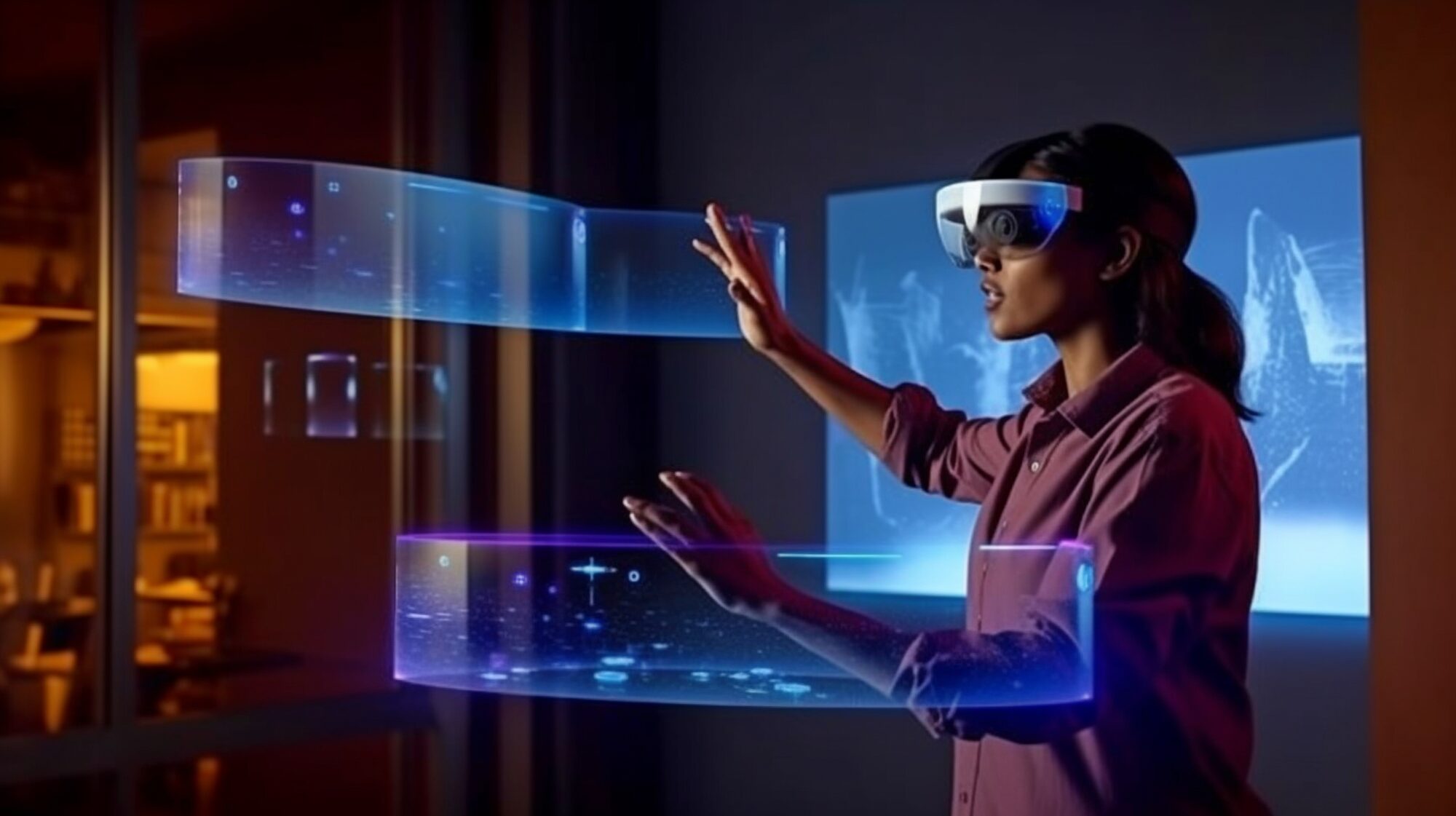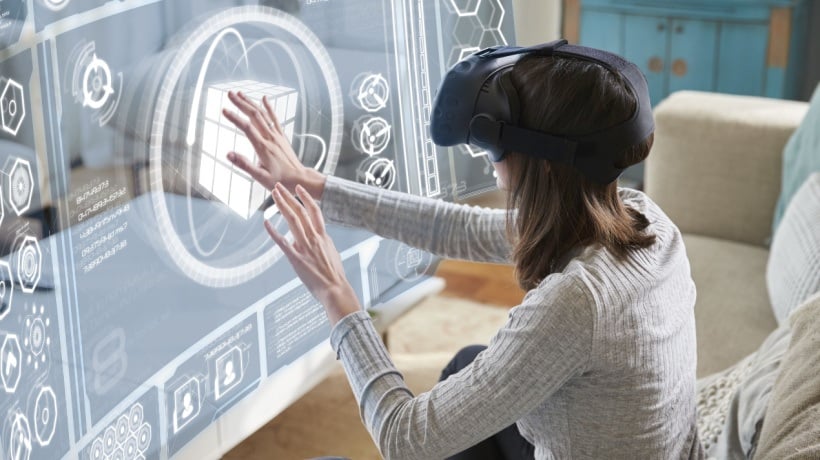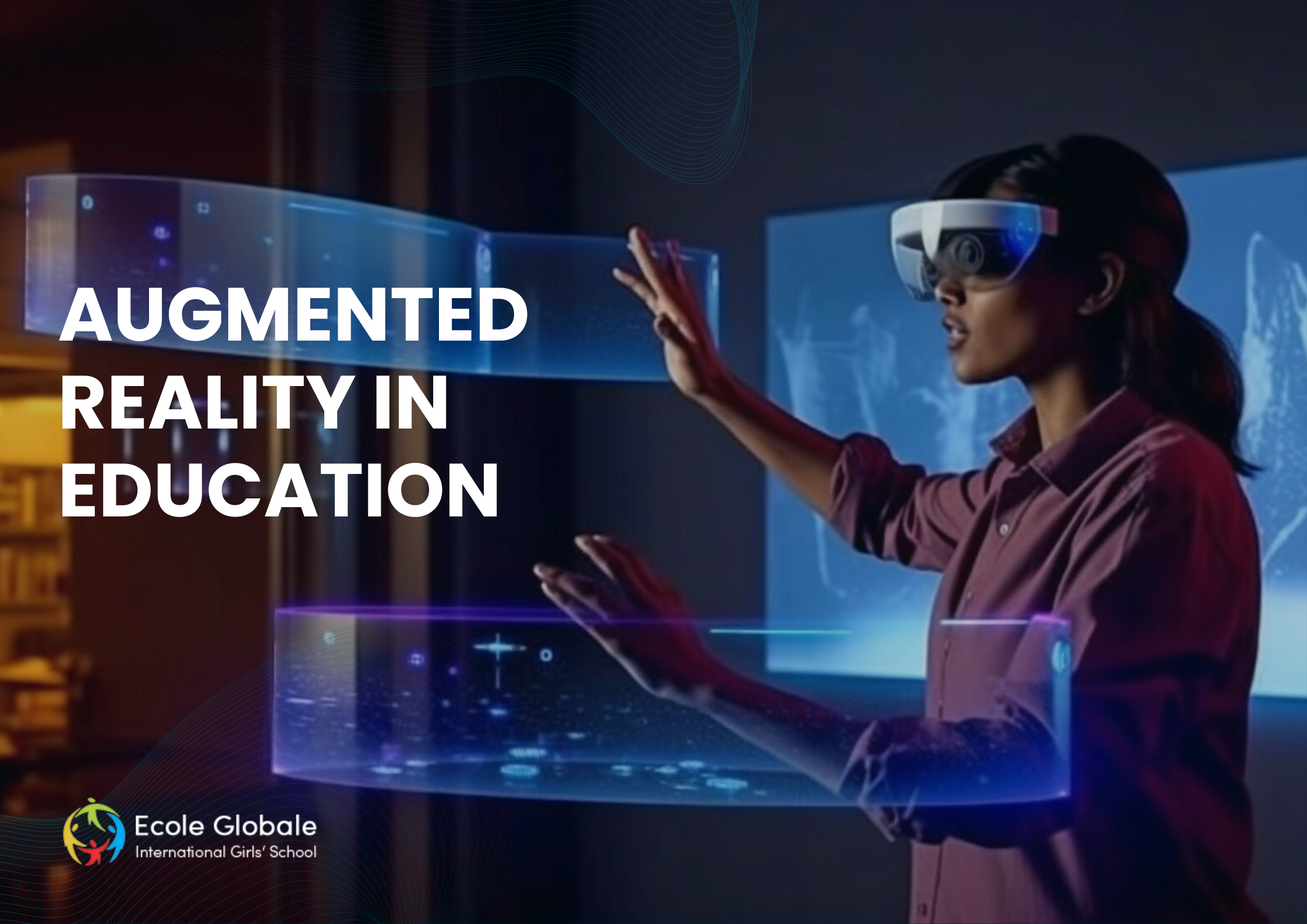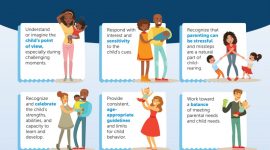In today’s digital age, education is evolving at a rapid pace, driven by advancements in technology and innovative teaching methodologies. Augmented Reality (AR), once a futuristic concept, has emerged as a powerful tool in education, transforming traditional learning experiences into immersive and interactive journeys.
At Ecole Globale, a leading institution committed to excellence in education, Augmented Reality is revolutionizing the way students engage with textbooks, making learning more dynamic, engaging, and effective. This article explores how Ecole Globale is harnessing the potential of Augmented Reality in education to bring textbooks to life and enhance the educational experiences of its students.
Understanding Augmented Reality in Education
Augmented Reality in education is a technology that superimposes digital content onto the physical world, creating an augmented view of reality through digital devices such as smartphones, tablets, and AR glasses. Unlike Virtual Reality, which immerses users in a completely virtual environment, Augmented Reality enhances the real-world environment with digital overlays, enriching the user’s perception and interaction with their surroundings.
In the context of education, augmented reality in education holds immense potential to transform traditional teaching and learning methods by providing interactive, multi-sensory experiences that cater to diverse learning styles and preferences. By overlaying digital content onto physical objects, textbooks, and learning materials, Augmented Reality bridges the gap between abstract concepts and real-world applications, making learning more tangible and accessible.
The Role of Augmented Reality in Education

Augmented Reality offers a wide range of benefits for both educators and students:
Enhanced Engagement:
Augmented Reality in education captivates students’ attention and fosters active participation by creating interactive and immersive learning experiences.
Visualization of Abstract Concepts:
Complex ideas and abstract concepts are made more understandable and tangible through Augmented Reality visualizations, enabling students to grasp difficult concepts more easily.
Personalized Learning:
Augmented Reality in education allows for customized learning experiences tailored to individual students’ needs, preferences, and learning styles, promoting personalized learning and self-directed exploration.
Real-World Applications:
By integrating Augmented Reality into educational content, students can explore real-world applications and scenarios, bridging the gap between theory and practice and fostering critical thinking and problem-solving skills.
Ecole Globale’s Integration of Augmented Reality in Education
Ecole Globale has embraced Augmented Reality in education as a transformative tool for enhancing teaching and learning experiences across various subjects and disciplines. The institution recognizes the potential of Augmented Reality to engage students, stimulate their curiosity, and facilitate deeper understanding and retention of academic content.
Augmented Reality in Practice at Ecole Globale

At Ecole Globale, Augmented Reality is seamlessly integrated into the curriculum, enriching textbooks and learning materials with interactive digital content and experiences. Here are some examples of how Augmented Reality is used in practice at Ecole Globale:
Interactive Textbooks:
Traditional textbooks are enhanced with Augmented Reality features that allow students to interact with 3D models, animations, videos, and additional multimedia content related to the subject matter.
Virtual Experiments and Simulations:
Augmented Reality in education enables students to conduct virtual experiments and simulations in science, mathematics, and other subjects, providing hands-on learning experiences without the need for physical laboratory equipment.
Historical and Cultural Exploration:
In history and social studies classes, Augmented Reality brings historical events, landmarks, and cultural artifacts to life, allowing students to explore and interact with virtual representations of significant moments and locations.
Language Learning and Immersion:
Augmented Reality facilitates language learning and immersion by providing interactive language exercises, virtual language labs, and cultural experiences that promote linguistic proficiency and cross-cultural understanding.
Benefits of Augmented Reality at Ecole Globale

The integration of Augmented Reality into education at Ecole Globale offers numerous benefits for students, educators, and the learning environment as a whole:
Increased Engagement and Motivation:
Augmented Reality captures students’ attention and stimulates their curiosity, motivating them to actively participate in the learning process.
Enhanced Understanding and Retention:
Interactive and multi-sensory experiences facilitated by Augmented Reality promote deeper understanding and long-term retention of academic content.
Promotion of Creativity and Exploration:
Augmented Reality encourages creativity, exploration, and experimentation, empowering students to think critically, solve problems, and explore new ideas and concepts.
Preparation for the Digital Future:
By integrating Augmented Reality into education, Ecole Globale prepares students for the digital future by equipping them with essential digital literacy skills, technological proficiency, and adaptability to emerging technologies.
Overcoming Challenges and Considerations

While the benefits of Augmented Reality in education are significant, its implementation may present challenges and considerations:
Technical Infrastructure:
Adequate technical infrastructure, including devices, software, and network connectivity, is essential for successful implementation of Augmented Reality in education.
Teacher Training and Professional Development:
Educators require training and support to effectively integrate Augmented Reality into their teaching practices and leverage its full potential for student learning.
Content Development and Quality Assurance:
Developing high-quality Augmented Reality content that aligns with educational objectives and standards requires collaboration among educators, content creators, and technology developers.
Accessibility and Equity:
Ensuring equitable access to Augmented Reality technology and resources is essential to prevent disparities in learning opportunities among students.
Conclusion
Augmented Reality has the potential to revolutionize education by transforming traditional learning experiences into dynamic, interactive, and immersive journeys. At Ecole Globale, Augmented Reality is not just a technology; it’s a catalyst for innovation, engagement, and excellence in education.
By seamlessly integrating Augmented Reality into the curriculum, Ecole Globale is shaping the future of education and preparing students for success in the digital age. As Augmented Reality continues to evolve and expand its possibilities, it holds promise for transforming education, empowering learners, and unlocking new frontiers of knowledge and discovery. With Ecole Globale leading the way, Augmented Reality is poised to revolutionize education and inspire the next generation of learners and innovators.









